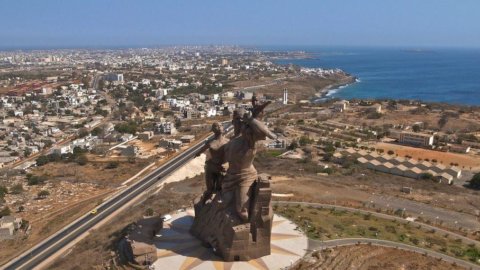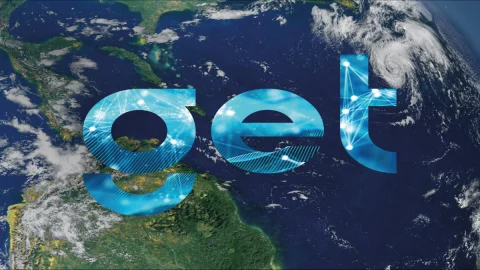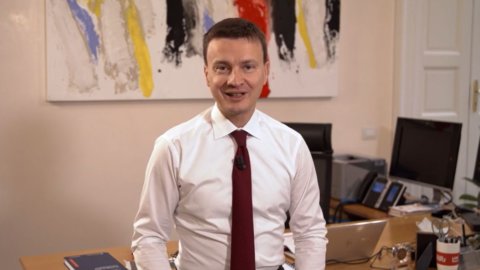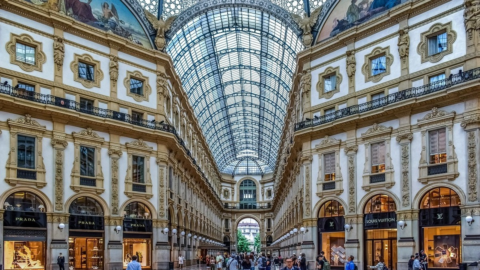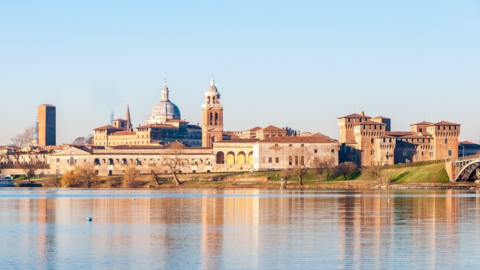Senegal is one of the markets selected for the first edition of Frontiers, the program developed by Sace to accompany Italian companies towards destinations that are still unexplored but have high potential for Italian business. There political stability, unlike the regional framework, does not seem to be under discussion. Compared to neighboring countries, Senegal represents an example of a consolidated democracy. This affirmation can be witnessed by the peaceful transfer of power to the opposition forces in 2012. On this occasion the incumbent President Benno Bokk Yakaar obtained a solid majority. The only factors of political risk could arise from latent tensions. These could be summarized in the claims coming from the separatists of the Casamance region (Movement des forces démocratiques) and in the difficult regional geopolitical context, in particular relations with some neighboring countries such as Gambia and Guinea-Bissau are still tense, the latter being suspected of support the requests of the aforementioned separatists. As for the operational context, Senegal encourages the entry of foreign investments without imposing any type of restriction. The Apix promotion agency carries out operations aimed at facilitating foreign investors in registering and obtaining the necessary authorisations. If we want to make a comparison between Senegal and the BRICs, the African country is last in the Ranking of the Index of Economic Freedom, but second only after Brazil for the Doing Business and Corruption Perception Indexes.
As regards the economic and banking framework, the Senegalese economy is driven in the medium term by an ambitious one investment program. The government's project is to increase the production capacity of the agricultural sector and modernize infrastructure, particularly in the energy and transport sectors. The macroeconomic framework is still weak: the public accounts and the current account are still in deficit. The government has already launched multiple projects aimed at cutting public spending and consolidating the confidence of foreign investors; to do this, Senegal has decided to actively involve international economic actors in its policy decisions. These actors, such as the IMF (International Monetary Fund), collaborate with the Senegalese government in order to formulate economic policies appropriate for the consolidation of the macroeconomic context. The legal currency is the Cfa franc, as are other countries in West-Central Africa. This currency is pegged to the euro at a fixed rate; its convertibility is guaranteed by the French Treasury. As regards the reliability of the country system, S&P assigns a B+ rating, Moody's a B1, both with a stable outlook. The banking system Senegalese has, on average, adequate levels of capitalization and liquidity. The presence of foreign banks is the majority in the country, most of them are branches of French, Moroccan and Nigerian banking groups. For SMEs, access to credit remains difficult and expensive. The extractive mining sector it is of considerable importance to the Senegalese economy. It represents 22% of GDP and total investments in this sector are estimated to have reached 5 billion dollars. Current Senegalese production of crude oil stands at 650 metric tons, but thanks to the huge reserves available (estimated at around 80 million metric tons in existing fields alone) and government commitments to develop fields in various areas of the Country, it is estimated that production could reach one million metric tons in the next ten years.
Le exports Senegalese are quite diverse. Gold is the most exported commodity (18% of total exports) followed by agricultural commodities, petroleum products and fish products. Exports of traditional products (cotton, peanuts) decreased compared to the previous year, while those relating to gold, oil and agricultural commodities increased. As regards the destination markets of Senegalese exports, the share of exports to Mali (14%) and India (12%) should be noted. Trade relations with Asian countries measure a share of 5% of total exports but are growing. Senegal exports 28% of its exports to Europe, of which only 2% to Italy. Noteworthy is the data relating to Switzerland (14%). Senegal is the eighth destination market for Italian exports. In 2013 the our export in Senegal it exceeded the value of 170 million euros; towing such exports are the sectors of instrumental mechanics and refined energy products. The trade balance is positive for Italy as well as growing in recent years. Italian exports to Senegal expected for 2014 are around 160 million; estimates for 2017 even predict a value of Italian exports of 200 million. This result will be largely due to the increase in exports of intermediate goods (chemicals, minerals, rubber, plastics), capital goods (mechanical equipment) and partly also agro-food products.
Firms with major business opportunity in Senegal they are those employed in the sectors: of infrastructure, mining, agribusiness and ICT. For the former, the state infrastructure improvement plan envisages the construction of 1000 km of roads by 2017 and the completion of the Aéroport International Blaise Diagne expected shortly. For the mining, the government has already signed an agreement with Teranga Gold Corporation, a Canadian company that operates the only gold mine in Senegal, to extend exploration permits and increase public royalties connected to the activity. There is also the will of the executive to start the extraction of iron ore from the Falémé mine (estimated reserves equal to 750 tons). for theagri-food industry, the executive has decided to increase agricultural production through the introduction of modern cultivation techniques that are more efficient than the previous ones. For the sector ofICT the government aims to introduce digital technology in many sectors (telemedicine, e-learning, digitization of the television system). The country is already set up as a regional hub for the internet.

